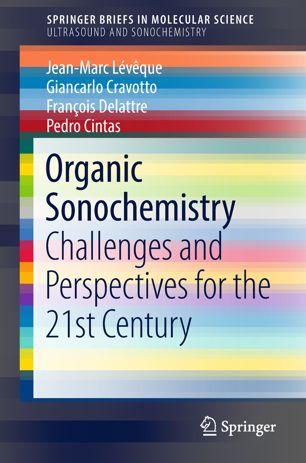

Most ebook files are in PDF format, so you can easily read them using various software such as Foxit Reader or directly on the Google Chrome browser.
Some ebook files are released by publishers in other formats such as .awz, .mobi, .epub, .fb2, etc. You may need to install specific software to read these formats on mobile/PC, such as Calibre.
Please read the tutorial at this link: https://ebookbell.com/faq
We offer FREE conversion to the popular formats you request; however, this may take some time. Therefore, right after payment, please email us, and we will try to provide the service as quickly as possible.
For some exceptional file formats or broken links (if any), please refrain from opening any disputes. Instead, email us first, and we will try to assist within a maximum of 6 hours.
EbookBell Team

0.0
0 reviewsThis book provides informative, useful, and stimulating reading on the topic of organic sonochemistry – the core of ultrasound-based applications. Given the increasing interest in new and improved technologies, allied to their green and sustainable character (not always a valid premise), there is a great attraction for organic chemists to apply these protocols in synthesis and process chemistry. Unfortunately, as with other enabling technologies, many researchers new to the field have received a simple and dishonest message: just switch on! Therefore a significant portion of sonochemical syntheses lack reproducibility (surprisingly cavitation control and/or ultrasonic parameters are omitted) and the actual role of sonication remains uncertain.
While this book does not provide a detailed description of fundamentals, the introductory remarks highlight the importance of cavitational effects and their experimental control. It presents a number of concepts of sonochemical reactivity and empirical rules with pertinent examples, often from classical and recent literature. It then focuses on scenarios of current interest where organic chemistry, and synthesis in particular, may benefit from sonication in terms of both chemical and mechanical activation. The “sustainable corner” of this field is largely exemplified through concepts like atom economy, renewable sources, wasteless syntheses, and benign solvents as reaction media.
This book is useful for both researchers and graduate students, especially those familiar with the field of sonochemistry and applications of ultrasound in general. However, it is also of interest to a broader audience as it discusses the fundamentals, techniques, and experimental skills necessary for scientists wishing to initiate the use of ultrasound in their domain of expertise.